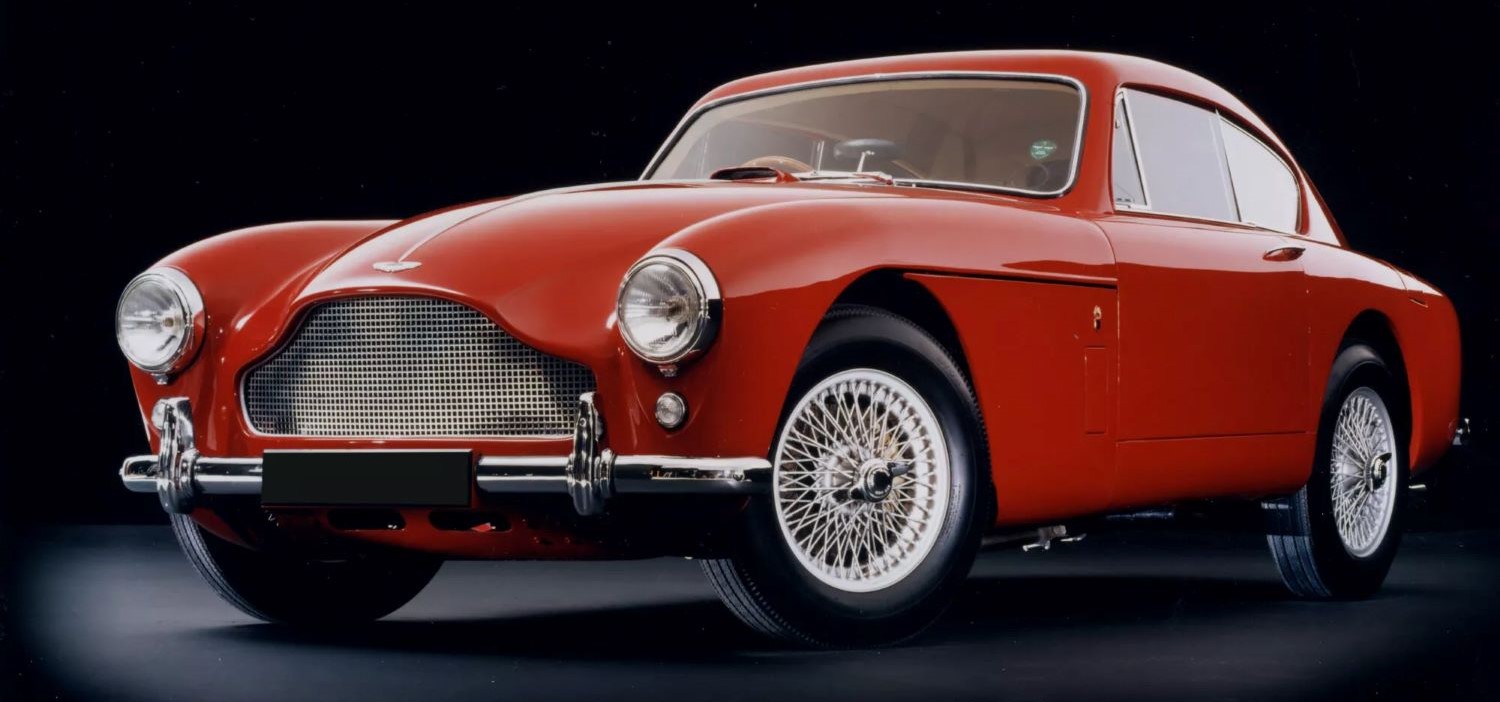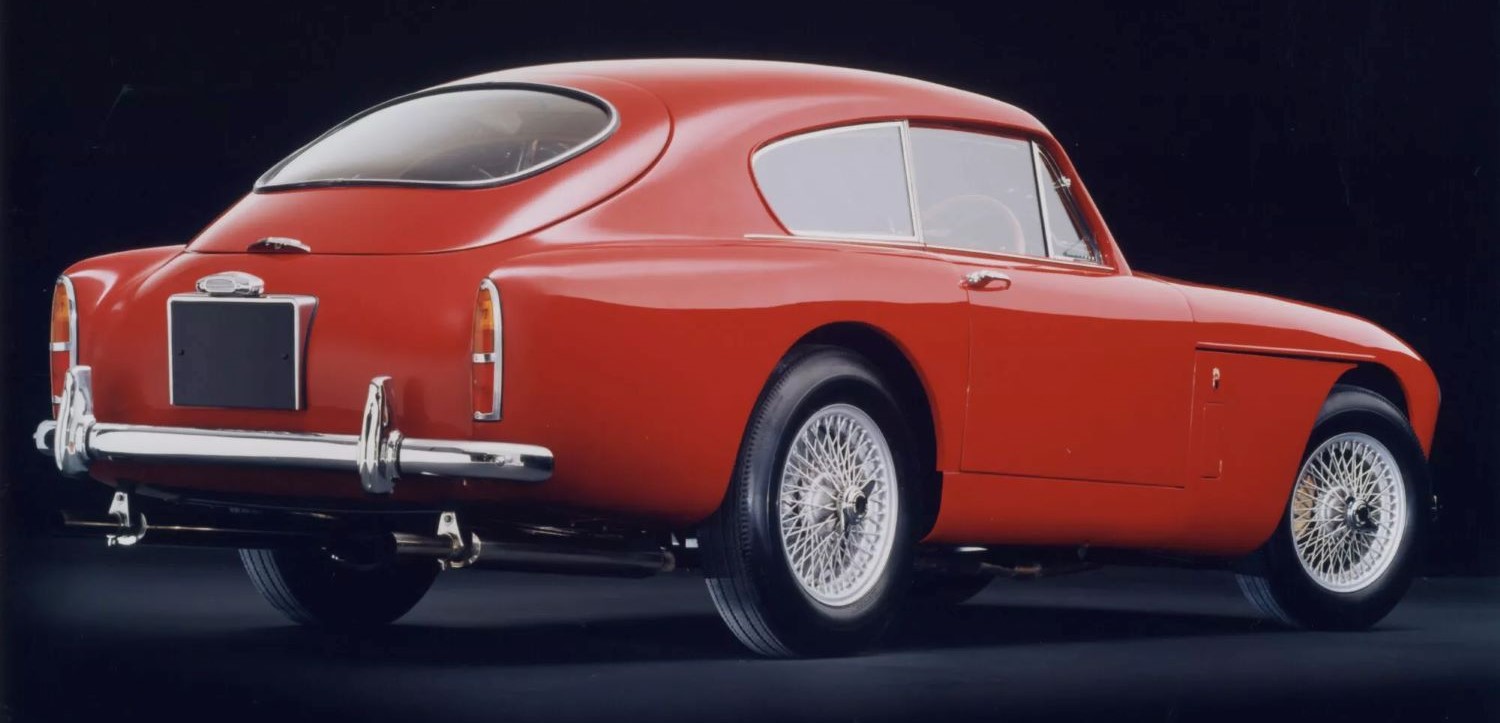
Aston Martin DB Mark III
- Production Dates: March 1957 – July 1959
The final development of the cars based on Claude Hill’s chassis and the Lagonda six-cylinder twin overhead camshaft engine was the DB Mark III. The Mark III was launched at the Geneva Show in March 1957 and was available only for export until it was shown at the London Motor Show in October that same year. It remained in production for circa nine months after the DB4 was introduced. Some 310 cars were exported to the USA.
Tadek Marek had finely re-designed the 3-litre engine. The standard DBA version of this engine had a stiffer crankshaft, a new block, oil pump and timing chain, new exhaust and induction manifolds, the ports were based on the DB3S engine, larger valves, high lift camshafts (after the first 150). With the same capacity (2,922cc) twin SU carburettors and compression ratio (8:16:1) as the VB6J engine, the improved breathing provided an output claimed to be 162 bhp at 5,500rpm.
The main change in the appearance of the car was the adoption of the elegant shape of the radiator opening from that of the DB3S and the consequent compound curves of the front of the bonnet, which can be traced on all subsequent models, including the V8. Inside, the main difference was a completely different facia and instrument panel (which remained in use until the DB6 Mark II was dropped in 1970). In 1959, for the first time, automatic transmission (Borg Warner) was offered (as an extra) for a production Aston Martin; it was installed only in four drophead coupes and one saloon.
Specification
- Price New: £ 3,076 (Saloon), £ 3,451 (Drophead Coupe)
- Engine: dohc I-6, 2922 cc, 162 bhp @ 5500 rpm
- Transmission: 4-speed manual
- Length: 14′ 3.5″ (435.5cm)
- Width 5’5″ (165cm)
- Height 4′ 6.25″ (138cm)
- Wheelbase 8′ 3″ (251.5cm)
- Weight: 1,270 kg (2,800 lb)
- 0-60mph: 8.2 secs

The Mk III – described as “one of the world’s outstanding sports models” by The Autocar – incorporated lessons learned on the race track with a fundamental redesign of the 3-litre engine by Polish engineer Tadek Marek. It now gave substantially more power and torque than the original LB6. It would be the last of the DB models to be powered by the twin-cam six-cylinder engine of Lagonda origin.
The Mk III was also the final incarnation of the Claude Hill chassis. It was launched simultaneously at the Geneva Motor Show in Switzerland and in the USA in March 1957. An export-only model until it appeared at the London Motor Show that October, it was the company’s first road car to feature the classic Aston Martin grille created by body designer Bert Thickpenny in a sleek new front end that gave a better view of the road ahead. Girling disc brakes were optional at first but became standard after 100 Mk IIIs had been built.

You must be logged in to post a comment.